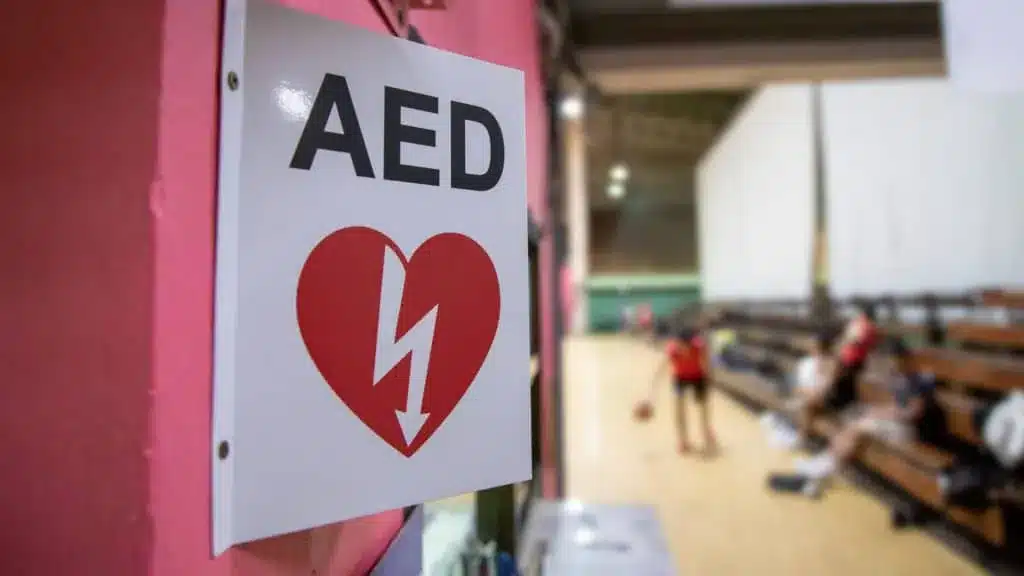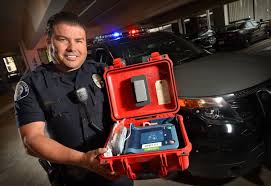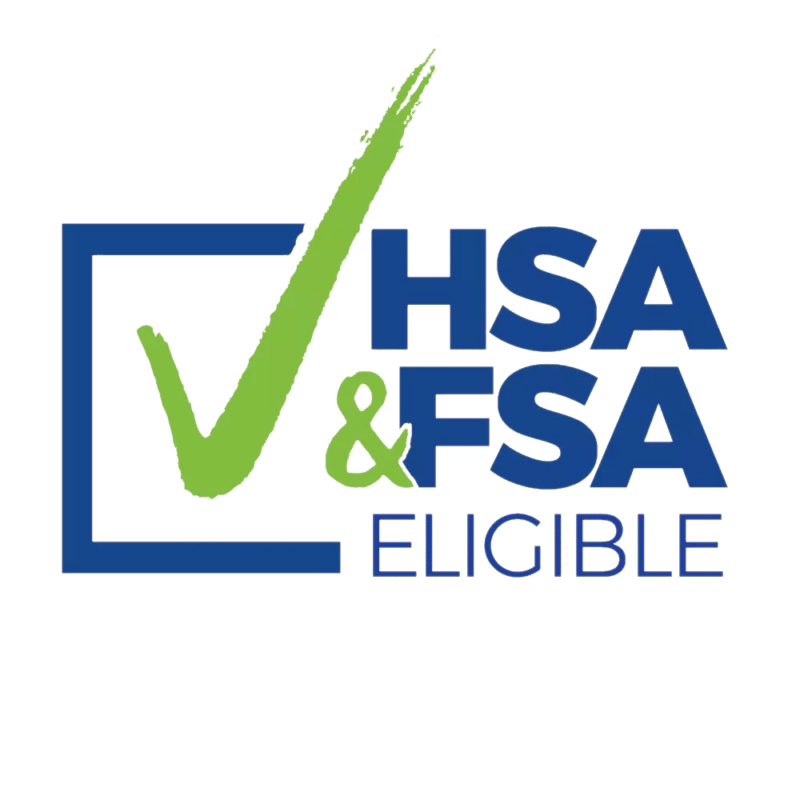Uncategorized
How to Develop AED Policies for Businesses and homes
Automated External Defibrillators (AEDs) have become essential tools for responding to sudden cardiac arrest in both workplaces and residential settings. These devices are designed to be easy to use, providing potentially life-saving shocks while guiding users through the process step by step. But simply purchasing an AED is not enough. To ensure safety, compliance, and effective response during emergencies, clear AED policies should be developed and implemented.
Whether you manage a business, run a community organization, or want to protect your household, developing AED policies helps establish clear procedures, assign responsibilities, and ensure the AED is always ready for use. This guide explains how to create AED policies for both businesses and homes, what elements to include, and why proper planning makes a life-saving difference.
Understanding the Importance of AED Policies
Sudden cardiac arrest (SCA) can occur anywhere, at any time. According to the Heart and Stroke Foundation, thousands of Canadians experience cardiac arrest each year, and survival rates are significantly higher when an AED is used quickly. For businesses, installing AEDs is not only a matter of safety but also a way to meet occupational health and safety expectations, reduce liability, and foster a culture of care. For homeowners, having clear procedures ensures that family members and guests know what to do during a crisis.
AED policies create a structured framework that ensures devices are maintained, accessible, and supported by trained individuals. Without proper policies, AEDs can fall into disrepair, become difficult to locate during emergencies, or be used improperly—all of which can delay response times when every second matters.

Assessing Needs and Legal Considerations
The first step in developing AED policies is understanding legal, regulatory, and practical requirements. In many jurisdictions, including provinces across Canada and states in the U.S., regulations may dictate where AEDs should be placed, how they should be maintained, and who can use them.
For businesses, workplace safety legislation often requires that AED programs align with first aid regulations, emergency response planning, and accessibility standards. In Ontario, for example, the Provincial Defibrillator Program encourages AED placement in public spaces and workplaces, and certain high-traffic or high-risk environments may be mandated to have devices installed.
Homeowners are not legally required to have AEDs, but developing a policy helps ensure everyone knows how to respond effectively. In multi-family residences, such as condominiums or co-ops, the board or property manager may set guidelines to govern AED ownership and use in common areas.
Assessing the number of people present, the layout of the space, and proximity to emergency services helps determine how many AED units are needed and where they should be located. High-traffic areas such as lobbies, hallways, or near elevators are ideal for businesses, while in homes, a central, easily accessible location works best.
Defining Responsibilities
An effective AED policy clearly assigns responsibilities for oversight, maintenance, and response. In a business, this may involve designating an AED program coordinator—often someone in the health and safety department—who ensures the program runs smoothly. This individual is responsible for monitoring device readiness, arranging training, scheduling maintenance, and reviewing procedures after incidents.
Backup personnel should also be identified to cover for absences. For large organizations, responsibilities may be divided across multiple sites or departments, with clear reporting structures.
In homes, responsibilities can be simpler but should still be defined. For example, one family member may take charge of checking the AED’s battery and pads monthly, ensuring everyone knows where it is stored, and calling emergency services if the device is used.
Establishing Maintenance and Readiness Procedures
AEDs are designed to be low-maintenance, but regular checks are critical to ensure they function when needed. Policies should outline a maintenance schedule that includes:
Documenting inspections in a log to maintain accountability.
Regular visual inspections of the device to ensure it’s powered on and showing a ready status.
Checking the battery expiration date and replacing it according to the manufacturer’s instructions.
Monitoring electrode pad expiry dates and replacing them as needed.
Confirming that the AED is stored in a visible, accessible location free from obstruction.
Documenting inspections in a log to maintain accountability.
For businesses, many AED program coordinators set monthly inspection dates and maintain digital or paper records for compliance and liability protection. Some modern AEDs offer Wi-Fi or cellular connectivity, sending automatic alerts if maintenance is required.
In homes, monthly or quarterly checks are typically sufficient, but a calendar reminder helps ensure they’re not overlooked.
Training and Awareness
While AEDs are designed for use by untrained bystanders, training improves confidence and speed, which are critical during cardiac emergencies. Policies should include CPR and AED training for key personnel in businesses—often through certified organizations like the Red Cross or St. John Ambulance.
In workplaces, employees across different shifts and departments should be trained to ensure coverage at all times. Refresher courses should be scheduled every 1–2 years to maintain skills and update participants on any procedural changes.
For homes, training can involve all family members, including older children. Even a basic familiarity with the AED’s operation and location can make a significant difference. Some families choose to practice mock scenarios to reinforce confidence.
Signage and communication are also important. Businesses should use clear signs to mark AED locations and include information in employee handbooks or emergency response manuals. Homeowners can keep simple instructions near the device.
Integrating AED Policies into Emergency Response Plans
An AED policy should not exist in isolation. For businesses, it must integrate with existing emergency response protocols, including fire drills, evacuation procedures, and medical emergencies. Employees should know their role during an emergency, whether it’s retrieving the AED, performing CPR, or calling 911.
The policy should outline step-by-step procedures for responding to a cardiac arrest: recognizing the emergency, calling for help, starting CPR, using the AED, and continuing care until emergency responders arrive. Assigning roles during drills ensures quick and coordinated action in real situations.
For homes, AED policies can be incorporated into family emergency plans. Everyone should know the location of the device, how to operate it, and how to communicate with emergency dispatchers. If family members travel frequently, neighbors or caregivers should also be informed.
Documentation, Review, and Continuous Improvement
A strong AED policy includes documentation and regular review. Businesses should keep records of inspections, maintenance, training, and any incidents where the AED is used. After an event, a post-incident review should be conducted to assess the response, identify improvements, and restock the device.
Policies should be reviewed annually to ensure they remain current with legislation, technology updates, and organizational changes. For example, if a business moves offices, expands to new locations, or hires more employees, AED placement and responsibilities may need to be updated.
In homes, periodic discussions about the AED policy help keep everyone informed and ready.
Conclusion: Strong AED Policies Save Lives
Installing an AED is an important first step, but developing clear AED policies for businesses and homes is what ensures those devices can be used effectively when lives are at stake. Well-structured policies cover legal considerations, assign responsibilities, establish maintenance routines, ensure training and awareness, and integrate AED use into emergency response plans.
For businesses, these policies not only enhance safety but also demonstrate compliance and commitment to employee welfare. For homeowners, they offer peace of mind that loved ones are prepared for sudden cardiac emergencies.
Whether you manage a large organization or a household, taking the time to develop and maintain AED policies is a simple but powerful investment in safety—one that could make the difference between life and death.






